At the writing of this article in the third week of October, I and my fellow Pennsylvania bowhunters were waiting for Ozonics to finally become legal to use in our state. Pretty much the rest of North America has been using Ozonics for years. But this is the way it seems to be in Pennsylvania. We tend to be the last to incorporate new technology – especially electronics – into our hunting culture. Heck, believe it or not, rangefinders were only made legal in Pennsylvania in 2016!
But does that make Pennsylvania backwards? Or does it stress our desire to hold on to traditional things, like woodsmanship, boots-on-the-ground scouting and long hours of shooting practice, rather than new-fangled gadgetry, to get that buck?
Are we ruining the sport of bowhunting by using gadgets and techniques to bring deer to us – and to then stay hidden from them – as opposed to simply going out after them with nothing but our bow and arrows and our knowledge of the woods?
Of all the different types of hunting, bowhunting is the most primitive. Even with modern day equipment, you are still hurling what is essentially a miniature spear at an animal by releasing a string. Man has been hunting game with bows and arrows longer than any other weapon.
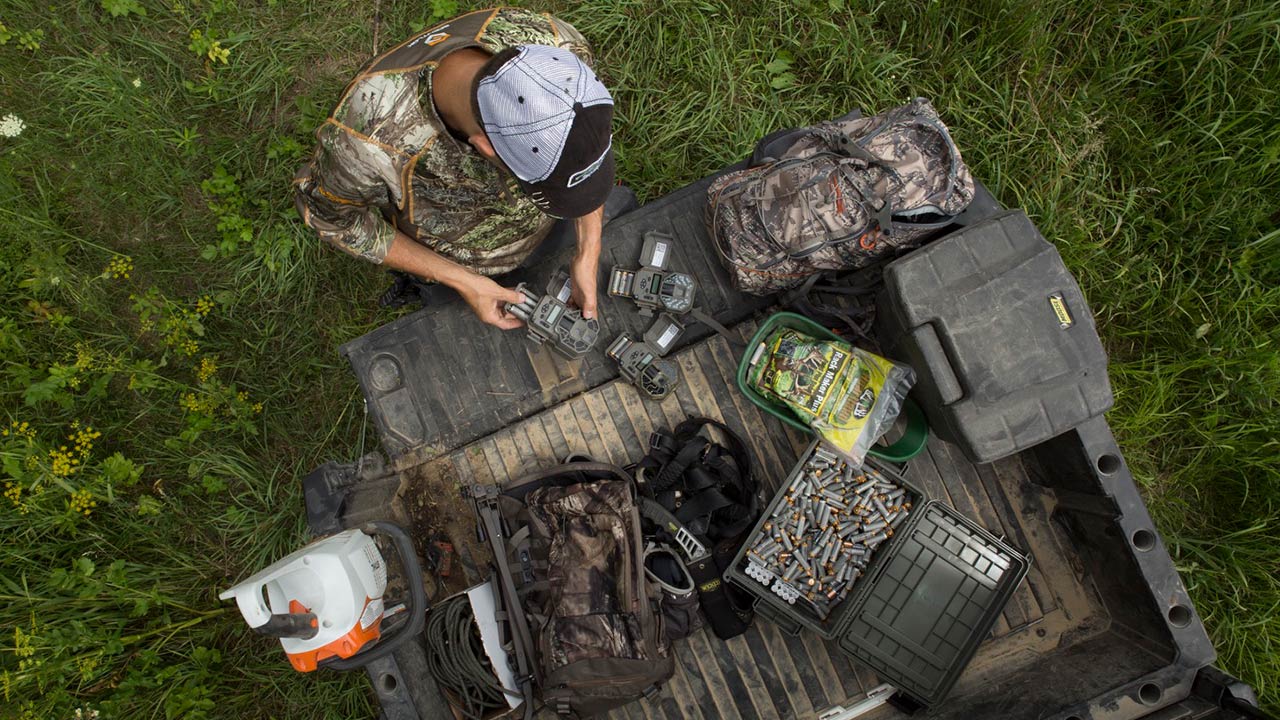
Is modern hunting technology eroding our woodsmanship skills?
Now entering my fourth decade as a bowhunter, I have seen a tectonic shift in the sport we all love. Older bowhunters probably will say the emerging popularity of compound bows in the 1970s was the beginning of the road that has led us to where we are today. My time in the game doesn’t go back quite that far. But still, I remember a time when there were no trail cameras. Trail cameras of any kind, let alone ones that will email you pictures as you sit in your office or in front of the TV. If you wanted to know what deer were living on your hunting grounds, and which trails they frequented, you had to go look for them. Doing that, you probably only saw a fraction of the deer that actually were out there, but that was all you could do.
I remember spending many summer evenings sitting in my tree stand just watching deer. Has anyone done that in the last 25 years? I know I haven’t. But it was a good trick, and it taught me a lot about patterning deer.
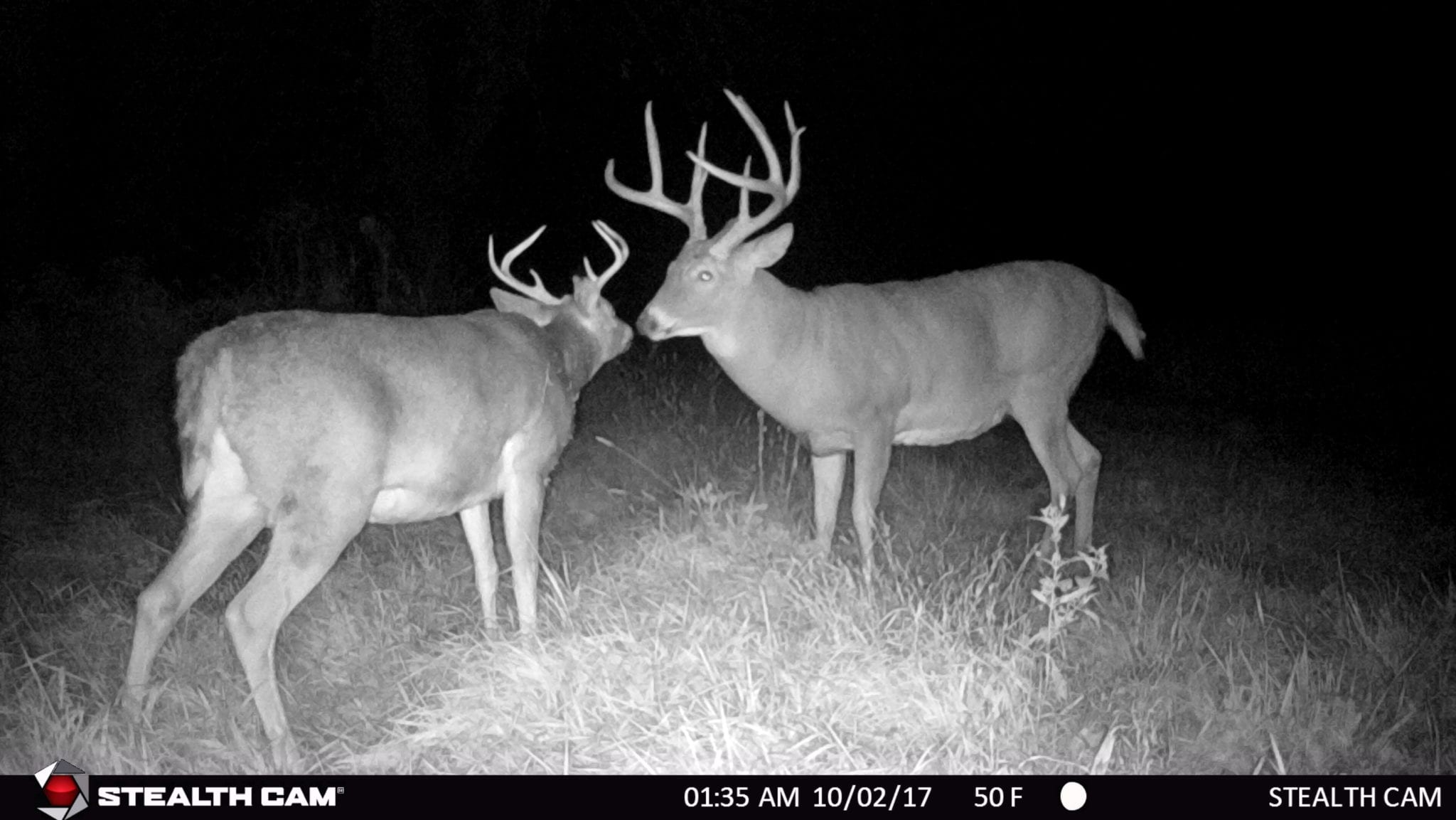
Many of today’s hunter have never even known life without trail cameras.
The only “food plots” we had were crop fields. Kill plots, winter plots, hidden plots – they didn’t exist. You found the preferred foods that were out there naturally, or which were planted by farmers, and you learned how and when the deer got to them.
Scent control meant washing your clothes in baking soda and playing the wind. Period. There were no scent-killing sprays. There were no electronic ozone dispensers. At best, you sprayed some raccoon urine on your boots. (Note: Be ready at all times for aggressive boar coons when you do this.)
Nowadays we hear hunters talk about using Ozonics and scent-killers in hopes of staying undetected should wind currents shift or if a deer gets downwind. That didn’t happen 30 years ago. If the wind shifted or a deer got downwind, you got busted. That taught us a lot about wind currents, drafting, thermals and topography. All were factors in selecting optimum stand sites.
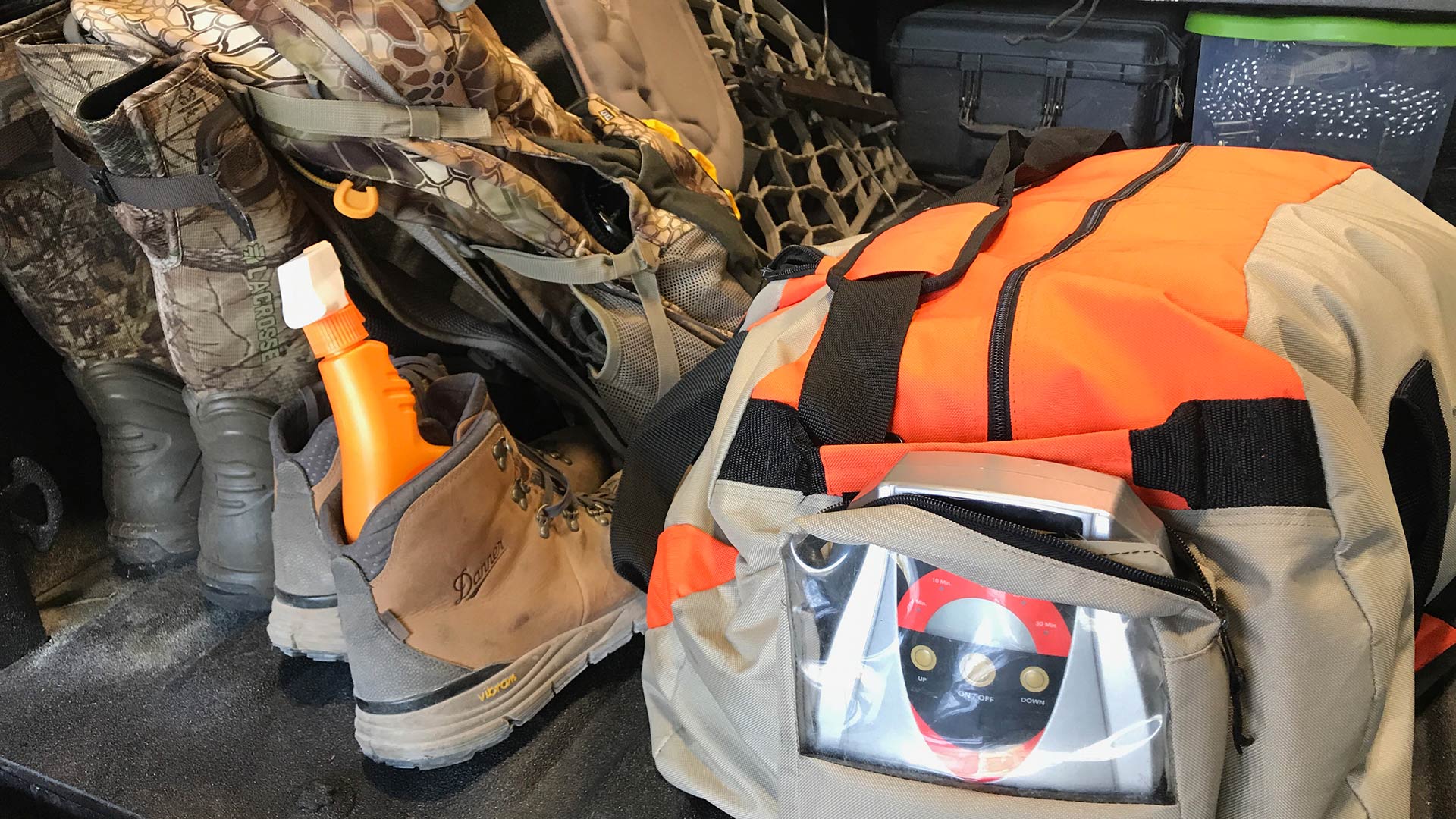
The scent control game has come a long way in the last decade, but does it truly make us better hunters?
Arrows were aluminum. Broadheads were fixed-blades. Fast bows shot 250 fps. There were no rangefinders, so you learned to judge distance – or you missed. Forty yards was a long shot that only the most experienced archers would take because bows were slow and arrows were heavy.
If you hunt with a multi-pin sight, you can get a computer program today that will tell you, based on your arrow’s weight and speed, how to space your pins so you’ve got 20, 30, 40, 50 and 60 yards covered. Twenty years ago, the only option was to shoot at those distances and adjust your pins accordingly. It was time consuming, but we knew what our bows could do.
You either hunted on the ground, or from a tree stand. No one used blinds – and certainly not elevated box blinds.
You learned to be still and patient, because you had no choice. You learned the woods – and how the deer used them – by being out there, because that was the only way to know what was going on. If you were hunting deep, remote places, you learned to navigate using a map, a compass and the sun. There was no GPS. If you got lost, you had to know how to read a map. You had to know your directions. You had to know the land.
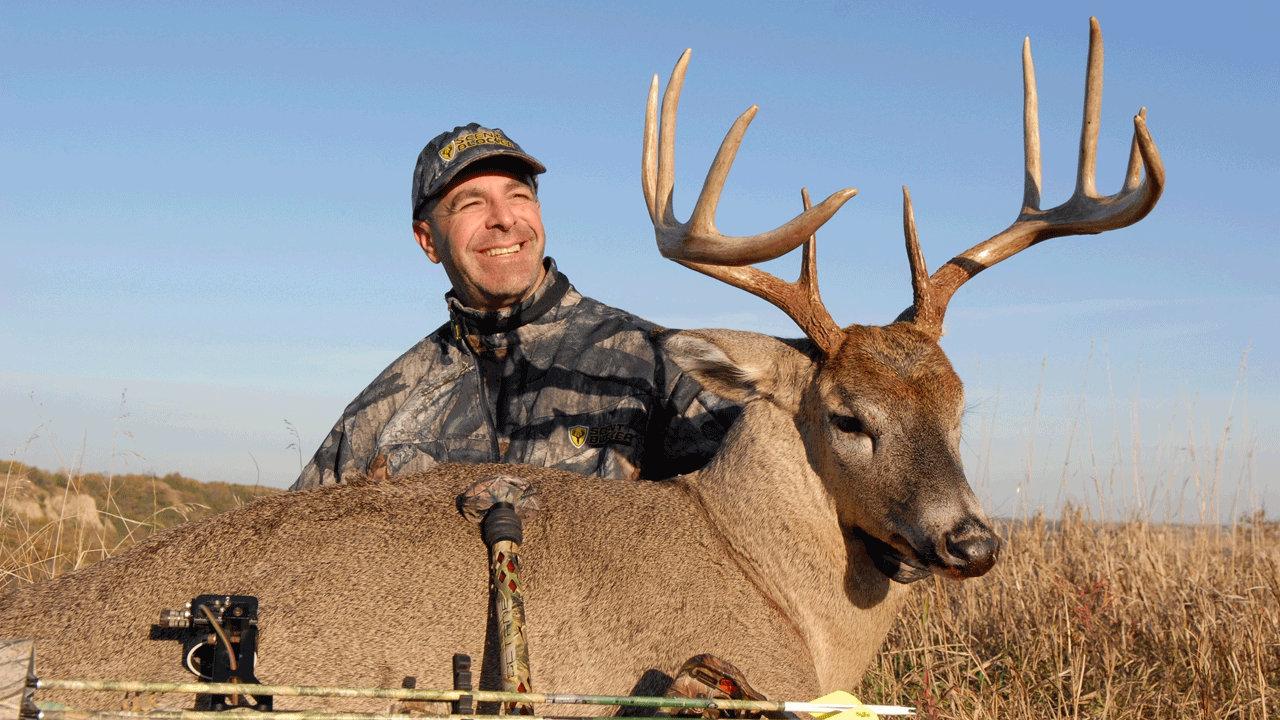
At the end of the day, the author relies on woodsmanship above all else for success.
Recently, I went out to walk a new piece of hunting property with a good kid some 20 years younger than me. Neither of us had been there before, but we had a map and we had our minds. After bushwhacking for an hour or so off the main trail, the kid had totally lost his bearings. When I asked him which way the truck was, he pointed in the exact opposite direction.
At all times, I knew where the trail was, where we had entered the woods and where we were parked. It wasn’t even something I had to think about. I know some people just have a poor sense of direction, but it’s hard to imagine someone can’t figure out that if you walk downhill from your starting point, you need to walk uphill to get back to it. Hard to imagine unless you never had to pay attention to topography because you could always pull up GPS on your phone to find your way.
When I mentioned that we needed to keep our eyes peeled for oak trees, so we could find acorns, the kid couldn’t tell an oak from a maple. And when we got into a swamp, he still was looking for red and white oaks. He didn’t know those trees generally don’t grow in low-lying, wet areas where we hunt.
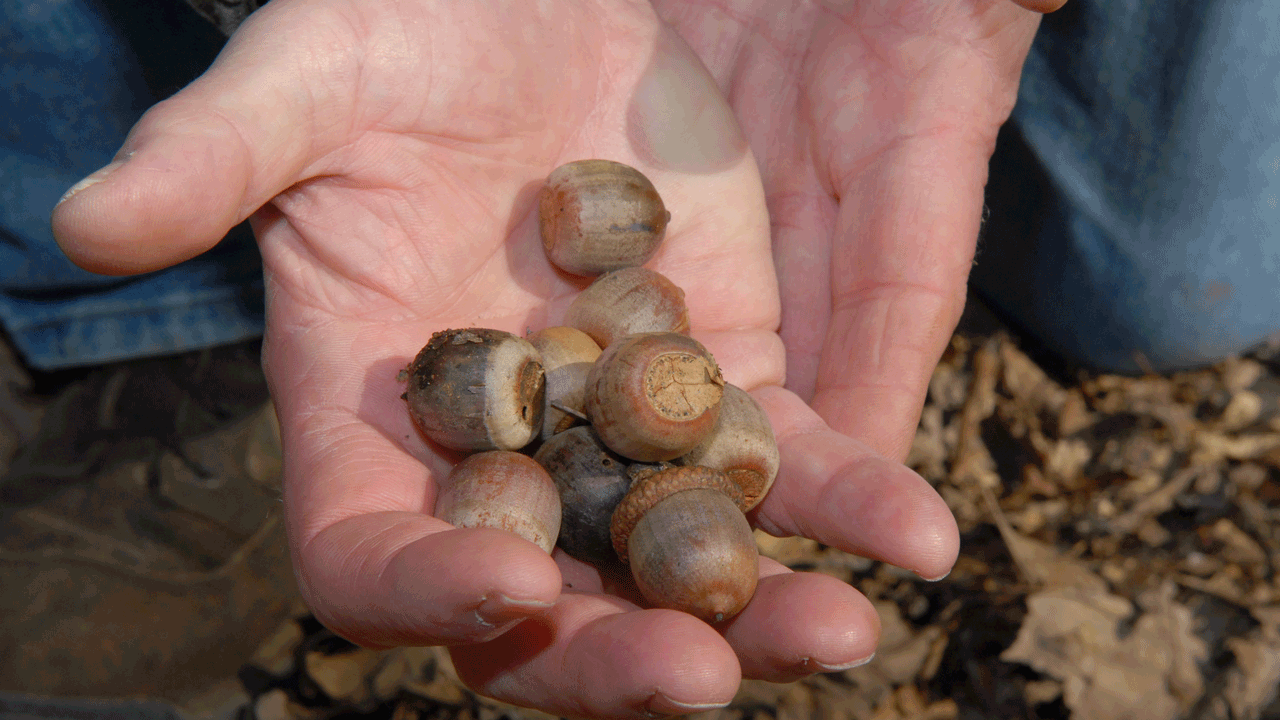
Knowing wildlife and the food they eat is part of woodsmanship – a skill that is often lost to today’s technology.
If you watch hunting shows, view advertisements for hunting gear and/or talk to your bowhunting friends, it seems like the following is the game plan for many modern day bowhunters.
Let’s plant food plots and put out feeders to keep “my” deer – that I’ve watched grow up on a slew of cameras – from going onto the neighbor’s land; hang ozone generators in my elevated, comfortable, climate-controlled box blinds; use GPS to walk 100 yards from the 4-wheeler to the stand; carry a bow that shoots 350 fps and use a rangefinder to take 60-yard shots with carbon arrows tipped with 3.5-inch expandable heads that can darn near cut a deer in half.
Technological advancements are like death and taxes. They’ll continue no matter what. But are they good for our sport? Or are they ruining it?

 By
By 



